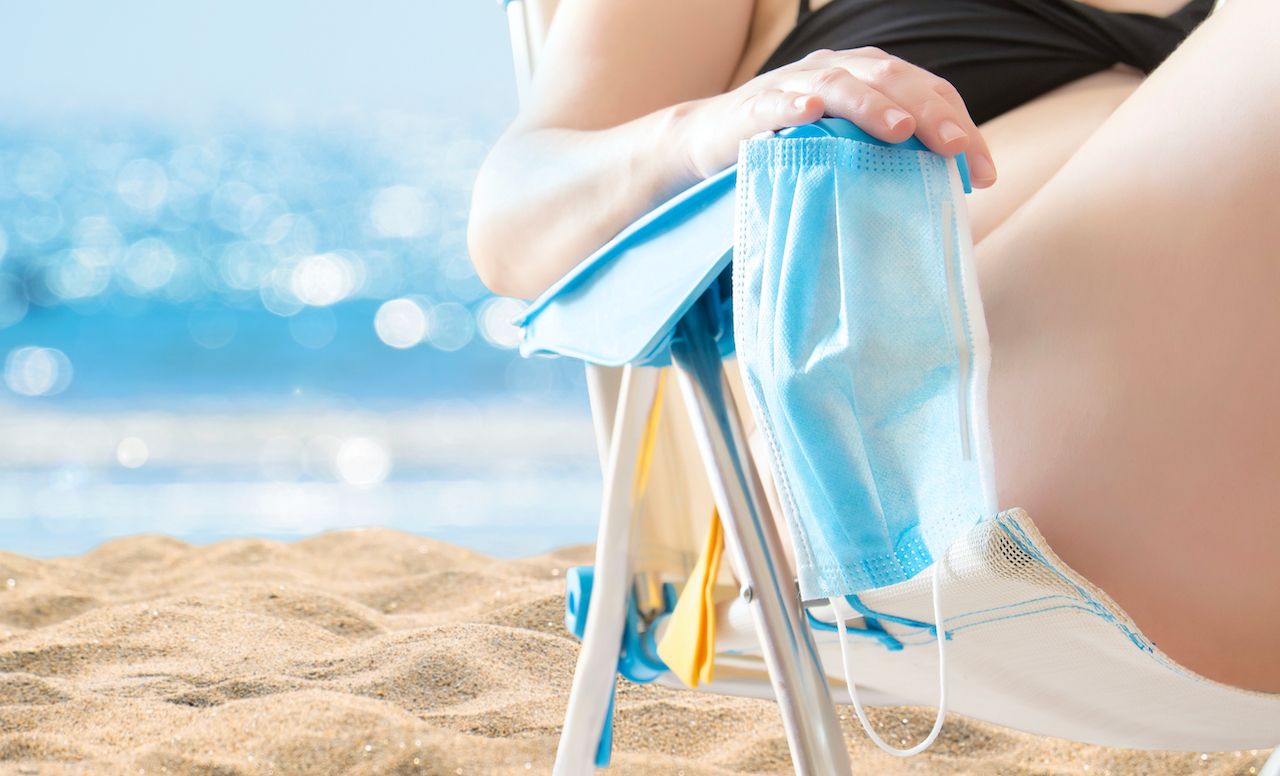Mexico has long been a favorite destination for travelers coming from the US. That was true earlier in the pandemic as people flew to one of the few countries that Americans could enter, and it’s remained true as vaccination rates in the US increase and travel picks back up.
I packed my bags and grabbed my passport to travel to Mexico (or anywhere outside of the country) for the first time since early March of 2020 for a late-July trip to Cabo. Despite Mexico’s popularity, I still had a lot of questions about what the travel experience would be like and how things are in the country for visitors. One thing that became immediately clear is that I wasn’t the only one — especially as cases are once again on the rise and the increasingly present threat of the Delta variant complicates things even for vaccinated travelers.
Here’s what you should know if you’re thinking about a trip to one of Mexico’s resort towns.


